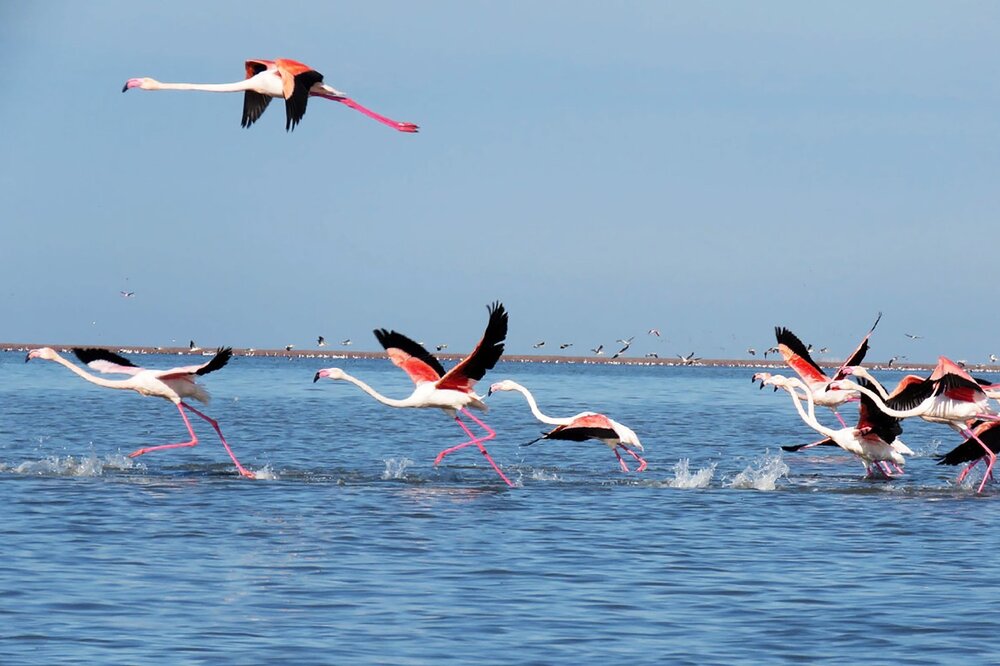$15m allocated to restore Gomishan wetland

TEHRAN – A total of 4 trillion rials (nearly $15 million) has been earmarked to revive the Gomishan international wetland in the northern Golestan province, Mohammad Reza Kanani, head of the provincial department of environment, has announced.
Gomishan wetland is home to over 20,000 water birds, and more than 20 species of birds, which supports three IUCN Red List vulnerable species of waterbirds, i.e., Pelecanus Crispus, Aythya nyroca, and Vanellus gregarious, as well as the vulnerable mammal Phoca (Pusa) caspica; it is also an important staging area for the fish subspecies Rutilus rutilus caspicas.
A comprehensive plan for rehabilitation, protection, and management of Gomishan wetland in the fifth meeting of the National Headquarters for Coordination and Management of Wetlands, chaired by First Vice President Mohammad Mokhber, was proposed and approved on Saturday.
Iran is rich in terms of having a variety of wetlands due to its climatic diversity, as 25 wetlands are designated as wetlands of international importance (registered in the Ramsar Convention).In addition to climate change, some natural disasters have exacerbated the condition of water resources in Iran, climate change had a share of about 10 to 15 percent, and natural disasters about 50 percent; which highlights the need for comprehensive management.
Using the knowledge of satellite images and aerial lasers, in this case, is one of the new measures of the Deprtment of Environment, which was piloted in Gomishan, Miankaleh, and Hourolazim wetlands, and will be conducted on 2 million hectares of wetlands.
Wetlands’ importance
Wetlands are ecosystems saturated with water, either seasonally or permanently. They store water and ensure its quality, providing resilience against drought. They play a central role in sustainable development by supplying all our freshwater. More than 40 percent of freshwater fish are said to live in wetlands.
Wetlands play a major role in protecting the land against floods and the impacts of storms. They provide food and diverse habitats which support genetic, species, and ecosystem biodiversity. Wetlands play a key role in the life cycles of many species and in annual migration patterns.
Iran is rich in terms of having a variety of wetlands due to its climatic diversity. In Iran, 141 wetlands with ecological value with an area of over 3 million hectares have been identified, of which 25 wetlands are designated as wetlands of international importance (registered in the Ramsar Convention) covering more than 1.4 million hectares and four sites are biosphere reserves.
Of Iran’s 25 Ramsar sites about one-third are under pressure or in critical condition.
Unfortunately, wetlands are being degraded and lost due to pollution, overexploitation, climate change, and human population growth.
FB/MG
Leave a Comment